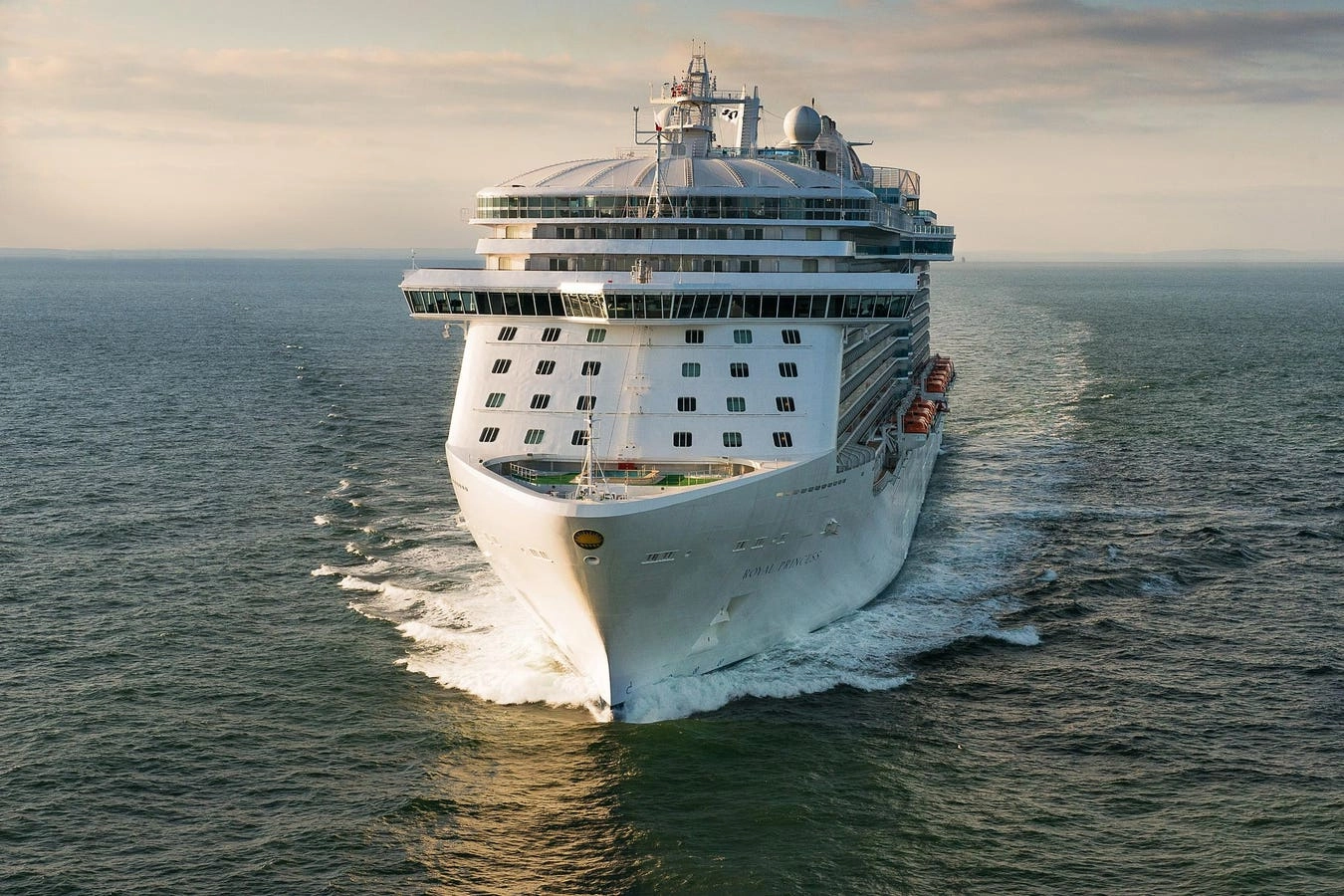
Considering a Voyage: Would You Board a Nuclear-Powered Cruise Ship?
Is the future of cruise ships, nuclear energy?
Cruises are becoming increasingly popular despite not being the most eco-friendly option for travelers concerned about carbon emissions. Furthermore, the goal for cruise companies to achieve carbon neutrality by 2050 must be met. One potential solution could be the construction of nuclear-powered cruise ships.
The use of nuclear power in shipping isn’t a new concept. Currently, there are approximately 200 nuclear reactors onboard ships worldwide, predominantly submarines and naval vessels. In the 1950s, the U.S. government constructed a passenger boat powered by nuclear energy capable of accommodating 60 travelers and a significant amount of cargo. Despite chronic issues that weren’t all attributable to its power source, this boat was a notable development. As of now, NS Savannah is docked in Baltimore, functioning as a prototype than anything else, as reported by NPR.
The front of the ship housed a pressurized water reactor that used low-enriched uranium to generate heat. This system then created steam to operate the ship’s turbines, spin the propellers, and generate electrical power. This setup allowed the ship to reach up to 20 knots, comparable to the speed of modern cruise ships. In addition, the Russian government commissioned Sevmorput, a nuclear-powered cargo ship in 1988, that is still operational. Meanwhile, two other vessels, the Japanese Mutsu and the German Otto Hahn, began as nuclear-powered ships but were later equipped with diesel engines.
The United Nations’ International Maritime Organization (IMO) is responsible for regulating global shipping and has established a goal of achieving carbon neutrality in the cruise industry by 2050. Annually, shipping contributes 300 million tonnes of carbon emissions, accounting for approximately 3% of global emissions.
This goal presents some challenges. While the construction of boats is becoming more efficient, cruise ships are growing in size. The largest ship, Icon of the Seas, was launched this year. Additionally, these ships continue to offer increasingly diverse onboard activities, such as go-karting, moving bars, zip lines, rollercoasters, and skydiving and surfing simulators.
The majority of ships still operate on diesel fuel, with approximately one fourth now utilizing alternative fuels like liquefied natural gas, methanol, or hybrid propulsion, all of which produce less carbon emissions. The Cruise Line Industry Association (CLIA) states that 25 ships that operate on Liquified Natural Gas will be launched in the next five years. Moreover, seven ships owned by Norwegian Cruise Line, Celebrity Cruises, and Disney Cruise Line, which are prepared to operate on methanol or capable of doing so, are also about to be debuted. Carnival is also planning to retrofit its ships for methanol usage. However, these alternative fuels could also be utilized for various other purposes, as could the green energy that generates them.
In the recent Seatrade Cruise Global conference that occurred in Miami, industry leaders expressed the belief that there is a growing potential for the use of nuclear technology. On the NS Savannah, a small wooden cube that can fit into a person’s hand symbolizes the quantity of uranium required for the ship to traverse 454,000 nautical miles, enough to circle the world more than a dozen times. Compared to fuel, a boat would need 28 million gallons to cover the same distance. Such ships could last years without needing to be refuelled (though they typically carry some reserve diesel), can accommodate more passengers or cargo without large fuel tanks, and, notably, fourth-generation nuclear reactors are smaller, thus simplifying operations.
Cruise ships have long lives and could theoretically be retrofitted with nuclear power when they go in for a refit. Some companies are engaged in studies for using nuclear power aboard ships, like the partnership between Italian shipbuilding company Fincantieri and Newcleo—the results of a feasibility study to assess the practicality of deploying a 30-megawatt reactor on marine vessels is due at the end of this year.
The NS Savannah taught a lot of lessons about how to run a nuclear passenger ship but also laid bare some problems. It can be difficult docking a ship that runs on nuclear fuel into harbors—special documentation is naturally required, people need to be trained on what to do in emergencies and some countries, like New Zealand, have all out bans on nuclear ships entering their waters.
And finally, the biggest problem might just be the paying customer—unsurprisingly, many people believe the public might not be particularly favorable to the idea.
Set sail on a voyage of discovery with CruiseShip.net – your ultimate destination for all things cruising! Explore the latest news, insightful reviews, and thrilling cruising adventures from around the globe. Whether you’re a seasoned cruiser or a first-time traveler, CruiseShip.net is your go-to source for expert advice, insider tips, and inspiring stories to fuel your wanderlust. Embark on a journey like no other with CruiseShip.net – where every wave brings new excitement and endless possibilities on the high seas.



Leave a Reply